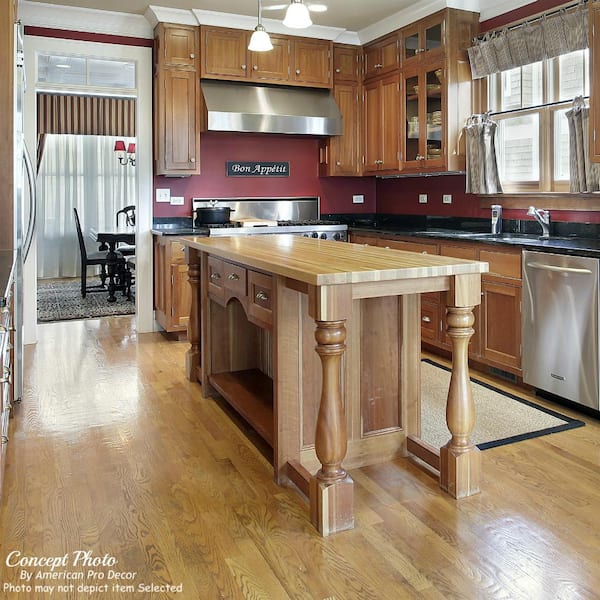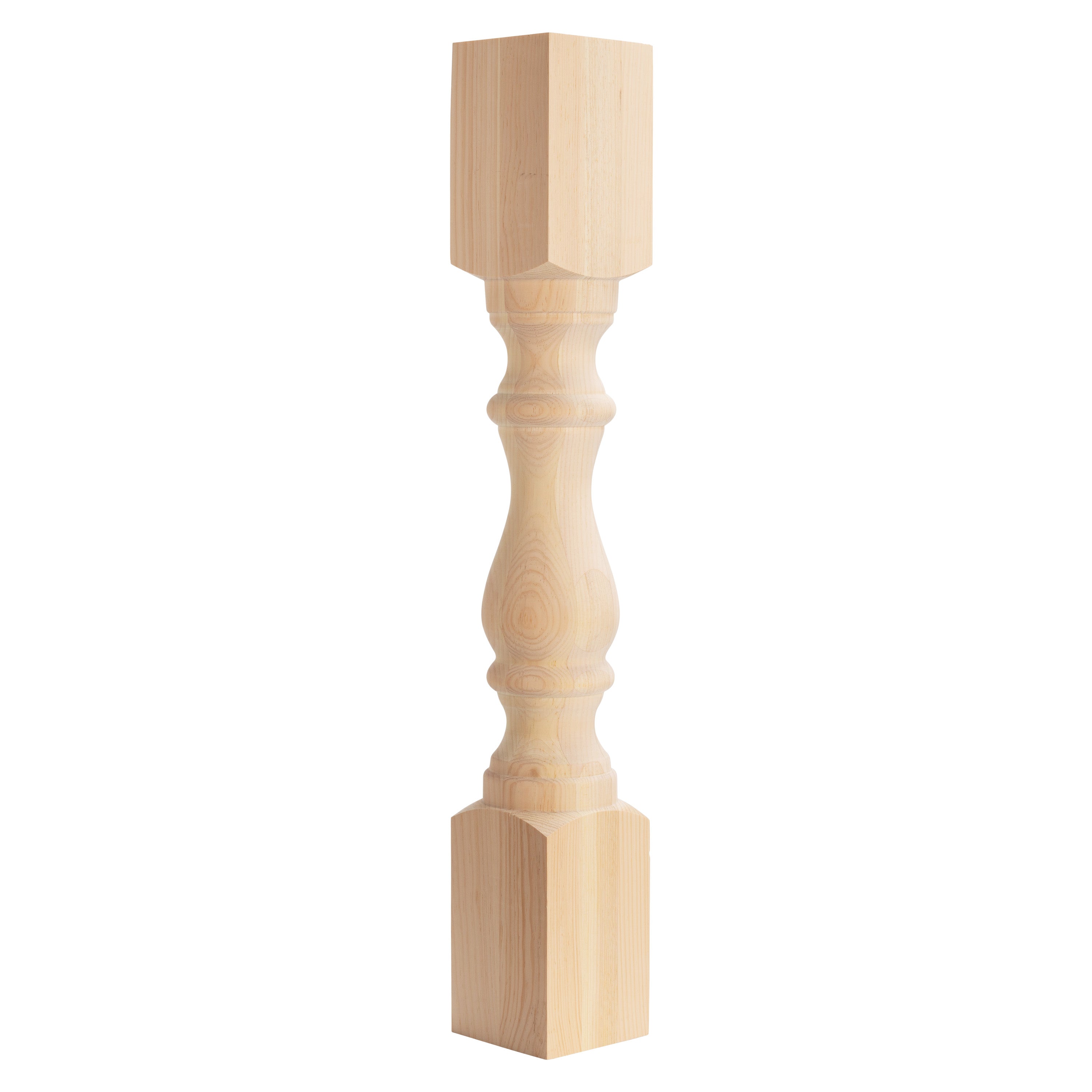Exactly how to Integrate a Kitchen Island Leg right into Your Kitchen Remodel
Exactly how to Integrate a Kitchen Island Leg right into Your Kitchen Remodel
Blog Article
The Relevance of a Sturdy Kitchen Area Island Leg in Developing a Practical Cooking Location
A strong kitchen area island leg offers as a fundamental component in developing a useful food preparation atmosphere, offering necessary assistance for both the kitchen counter and different kitchen area tasks. The stability it provides can dramatically reduce the risk of accidents in high-traffic areas, while likewise contributing to the general visual comprehensibility of the area. As cooking areas advance right into multifunctional areas for cooking, dining, and interacting socially, the option of materials and layout factors to consider for island legs comes to be increasingly crucial. Comprehending these elements can change your cooking area right into a much safer and more efficient area, prompting further expedition right into the very best choices offered.
Advantages of Sturdy Island Legs
Providing essential assistance, sturdy kitchen island legs play a critical function in boosting the functionality and resilience of cooking area islands - kitchen island leg. These legs not just birth the weight of the kitchen counter and any type of additional things put on the island, but likewise add to the general stability of the framework. A well-supported kitchen island makes certain that it stays upright and functional, even under hefty use, which is especially important in active cooking area atmospheres
Furthermore, durable island legs can enhance the visual allure of the kitchen area. They supply a solid structure that can match different layout styles, from modern-day to conventional. This adaptability enables homeowners to personalize their cooking area islands according to individual taste while guaranteeing that the structural honesty continues to be uncompromised.
In addition to their helpful function, robust cooking area island legs can also boost safety. Ultimately, investing in strong kitchen area island legs is necessary for a functional and aesthetically pleasing cooking location.
Products for Kitchen Island Legs
When choosing materials for kitchen island legs, sturdiness and aesthetic appeal are critical factors to consider. One of the most common materials include hardwood, metal, and engineered wood, each offering distinct benefits.
Hardwood, such as maple, cherry, or oak, is a timeless selection because of its stamina and timeless charm (kitchen island leg). It can stand up to substantial weight and is immune to wear, making it perfect for high-use kitchen area atmospheres. Additionally, wood can be stained or repainted to complement different kitchen designs
Metal legs, usually crafted from stainless steel or functioned iron, offer a modern and industrial appearance. They are extremely solid and can support substantial tons while being resistant to dampness and warm, which is beneficial in a cooking location. Metal legs can also be quickly cleaned, improving their practicality.

Design Considerations for Stability
The selection of products for kitchen island legs straight influences the layout factors to consider for stability. When creating a cooking area island, it is extremely important to evaluate the weight-bearing capability of the chosen products. Heavier products, such as solid wood or steel, normally give higher security, particularly under the stress of everyday usage.
Additionally, the leg layout should include proper geometry to improve stability. A broader base boosts the support location, minimizing the threat of wobbling or tipping. Factor to consider needs to also be offered to the elevation of the legs; out of proportion leg sizes can result in inequality, jeopardizing the overall security of the island.
In addition, the circulation of weight across the island is crucial. Ensuring that the leg positioning aligns with the heaviest look here parts, such as counter tops and devices, will additionally boost stability.
Maintenance Tips for Durability

Depending on the material of the legs-- whether wood, metal, or composite-- proper cleaning techniques need to wikipedia reference be used. Steel legs might need a light gloss to protect against corrosion and keep their appeal.
In addition, tightening screws and screws consistently can guarantee stability and avoid tottering. If the kitchen island experiences heavy usage, think about enhancing the legs with added brackets or supports to improve resilience. Last but not least, applying a protective coating or sealer can secure against wetness and stains, extending the life-span of the legs. By adhering to these upkeep tips, property owners can guarantee their kitchen area island legs continue to be practical and robust for several years to come.
Picking the Right Leg Style
Routine upkeep guarantees that cooking area island legs stay sturdy and practical, however selecting the right leg style is just as important for both appearances and assistance. The choice of leg style can considerably affect the overall layout and harmony of your cooking area.

Functionality Recommended Reading is another vital aspect. Thicker legs or those with a sturdy base can support much heavier countertops and tools, enhancing the island's utility. Alternatively, slender legs may develop a ventilated look, appropriate for lighter styles yet potentially less helpful.
Conclusion
In recap, the importance of tough cooking area island legs can not be overemphasized in the creation of a functional food preparation area. These legs give vital support, improve security, and add to the overall aesthetic of the kitchen.
A sturdy kitchen area island leg offers as a basic part in developing a functional cooking setting, giving essential assistance for both the countertop and numerous kitchen activities.Giving important assistance, strong kitchen island legs play an essential role in enhancing the functionality and toughness of cooking area islands. Ultimately, spending in strong kitchen island legs is important for a practical and aesthetically pleasing cooking area.
Factor to consider must additionally be given to the elevation of the legs; disproportionate leg lengths can lead to inequality, compromising the total stability of the island.
Wooden legs offer heat and a classic appearance, while metal legs use a contemporary and industrial feeling.
Report this page